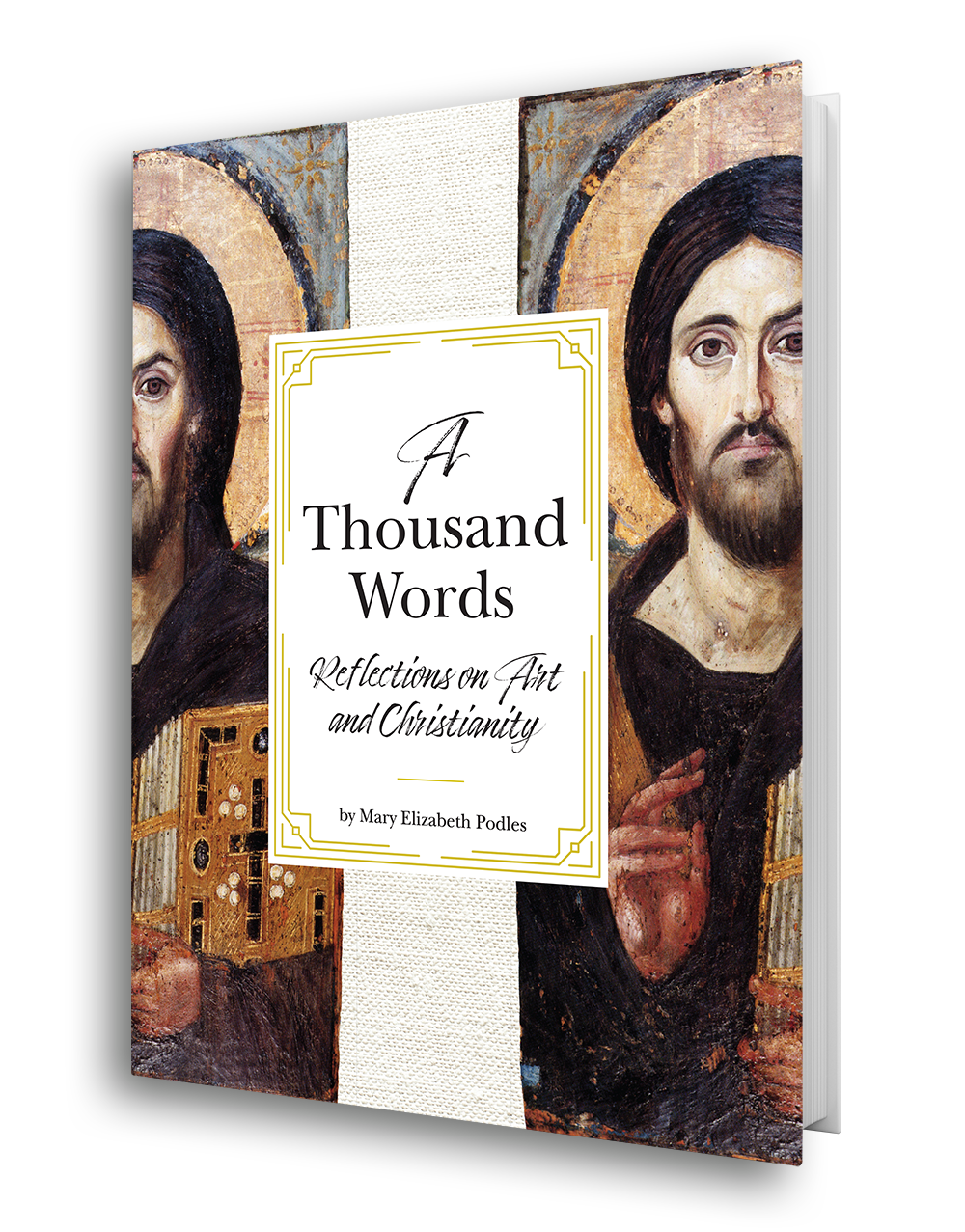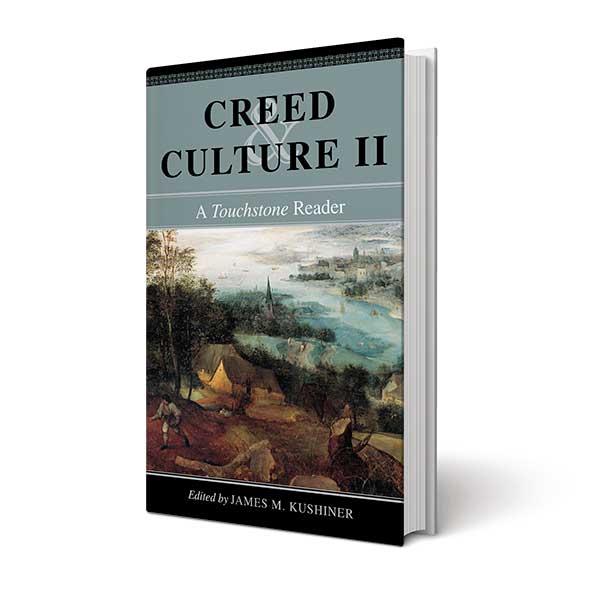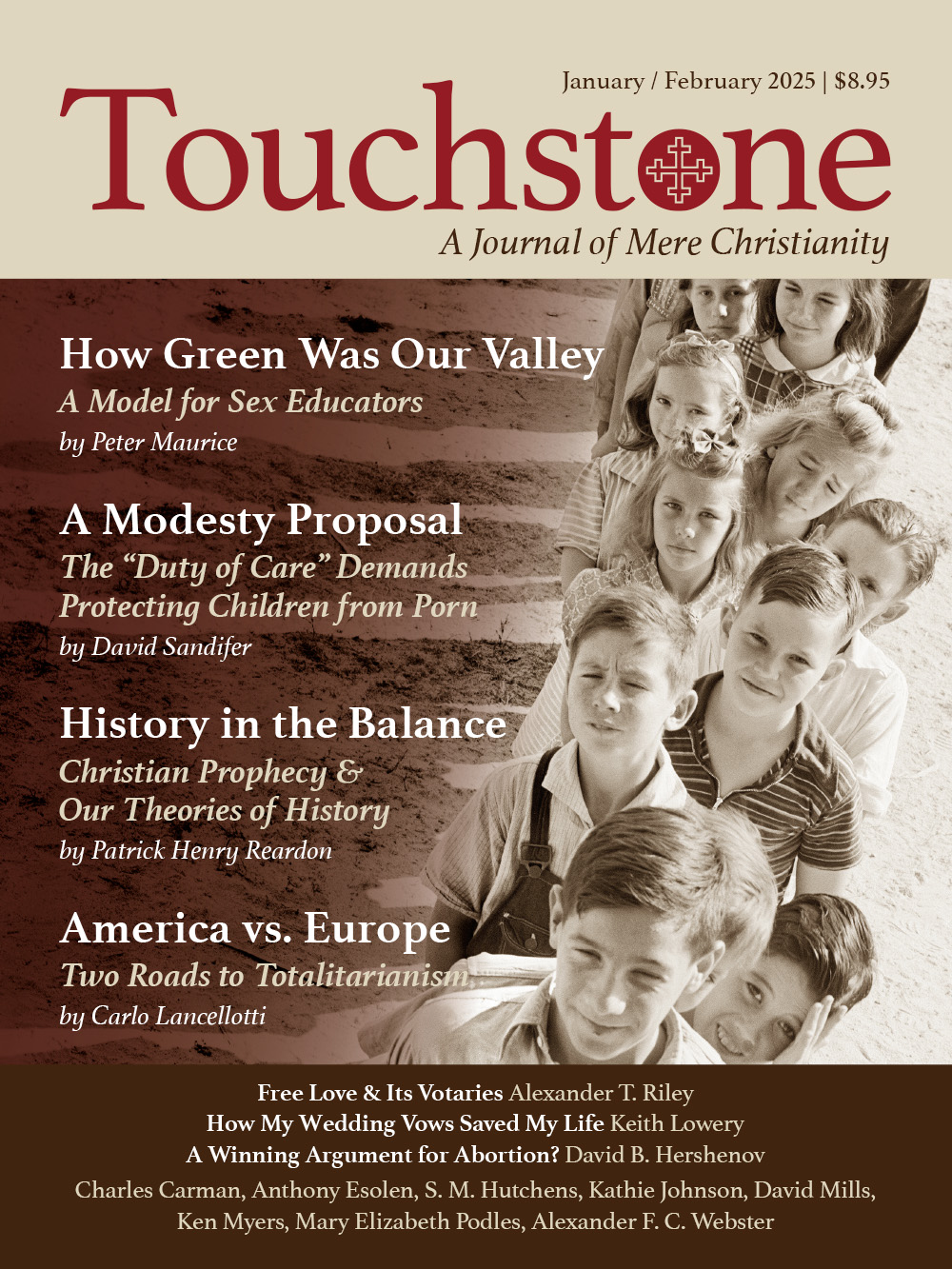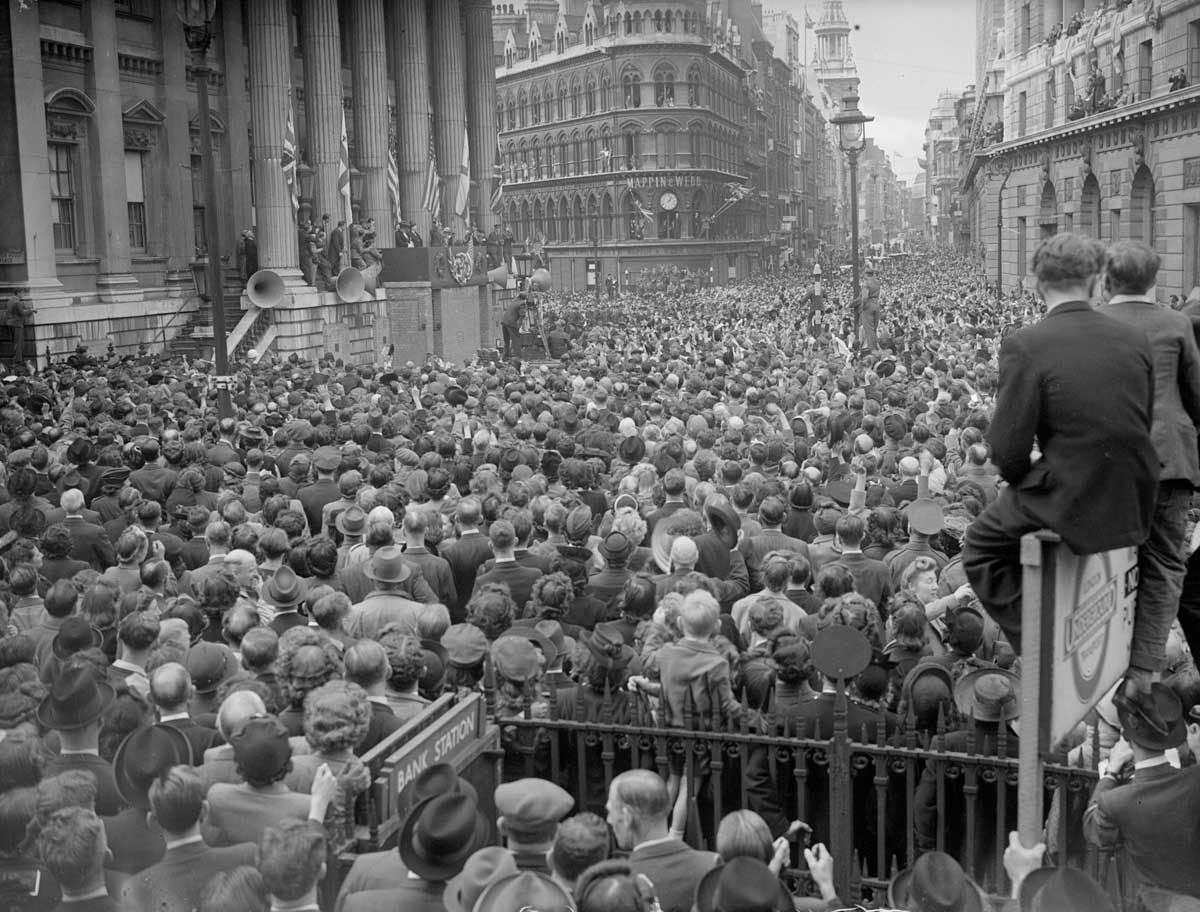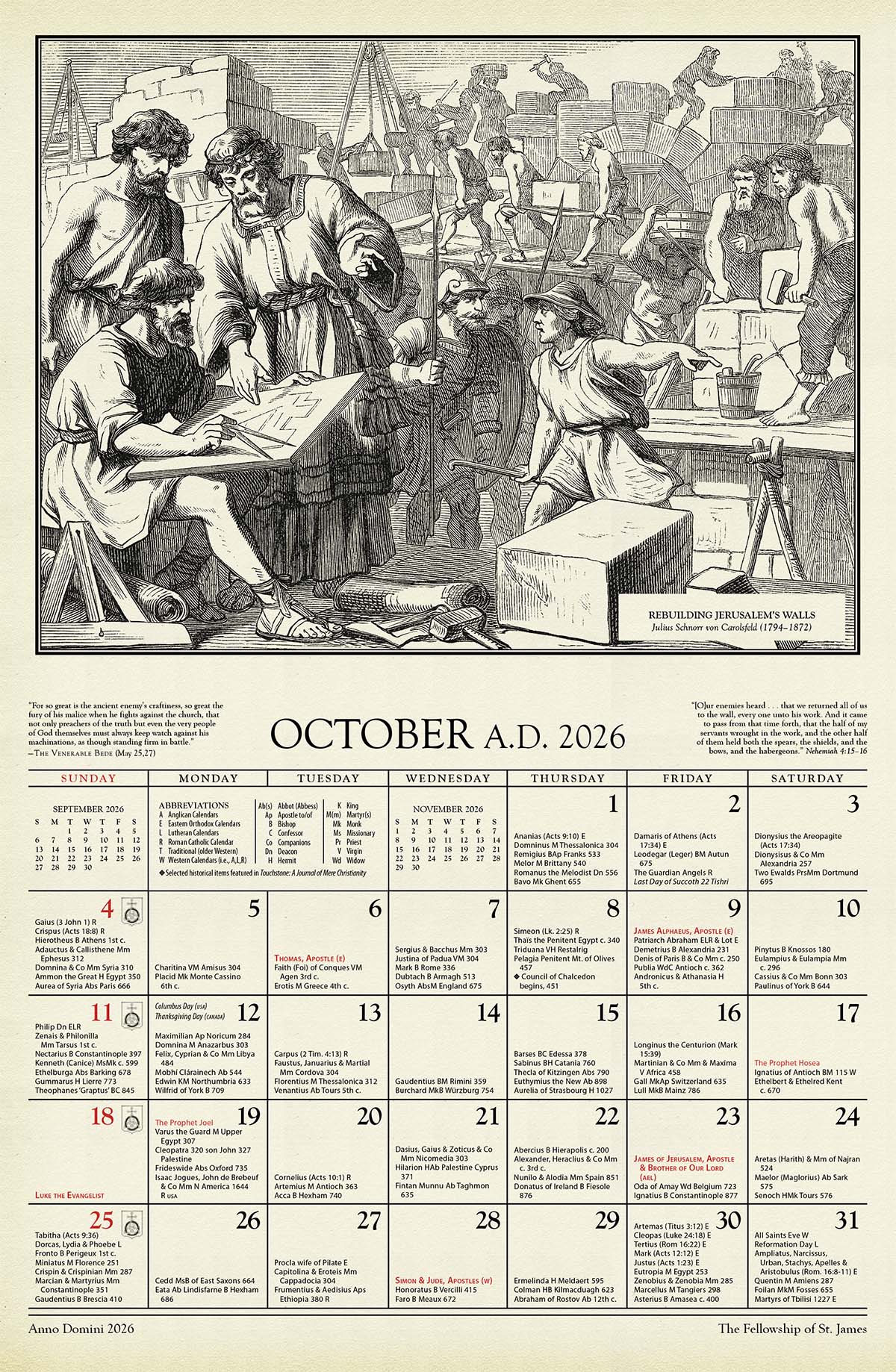North-Central Europe
For the fifteenth year, I have had a summer reading game in my children’s library. The game is always geographical, encouraging children to broaden their reading. Two years ago, we did the Scandinavian countries, then last year hopped to Asia. This year, we were back in Europe, where we covered Germany, Poland, Austria, the Netherlands, and the Baltic States.
There were lots of books for this area, which was good, since I had a number of “ravenous readers” lined up for them at the beginning of June. In this column, I’ll be talking about the non-fiction books. Since many of the best-known classical composers are from this area, there were lots of books on Bach, Beethoven, Brahms, Chopin, Haydn, Mozart, Schubert, and Schumann, among others. However, because I covered books about composers in a column for the October 2019 issue, I’ll skip over them here.
Artists & Religious Figures
There were books on artists also, mostly from Holland. Out of the many available, I suggest Vincent van Gogh by Eileen Lucas, which includes his early life in Holland before he went to France, using simple text and helpful illustrations. Among several books on Rembrandt is Rembrandt and Titus: Artist and Son by Madeleine Comora. Narrated by the son, it has rich illustrations by Thomas Locker, based on the artist’s own paintings. Vermeer’s Secret World by Vincent Etienne is part of a series on “Adventures in Art.” It explains how Vermeer achieves his effects and includes key paintings.
Of course, Martin Luther, initiator of the Reformation, is from Germany. A biography from a new series by Simonetta Carr, titled simply Martin Luther, is nicely done, with wide-spaced print and a combination of photographs and illustrations. For younger readers, Martin Luther: What Should I Do? by Catherine Mackenzie is an appealing option on Luther, and for older readers, Thunderstorm in Church by Louise A. Vernon, is recommended.
Dietrich Bonhoeffer by Michael Van Dyke is for the better reader, and tells the story of this important German Lutheran pastor and professor who stood up to Hitler and paid the price.
I like a small book by Jonah and Jeanette Winter titled The Secret World of Hildegard, which tells about this twelfth-century German nun who had amazing visions and wrote wonderful music. Each spread has a colorful illustration and simple text.
Scientists
Then there are the scientists, including Marie Curie, about whom a number of children’s books have been written. A good one, focusing on her growing-up years in Poland, is the nicely illustrated Manya’s Dream by Frieda Wishinsky. A simple telling is by Ibi Lepscky, and a longer telling is by Kathleen Krull in her “Giants of Science” series.
A truly beautiful book is Theodoric’s Rainbow by Stephen Kramer. It tells of the studies by German theologian Theodoric of Freiburg on how rainbows work. For Holland’s Antony van Leeuwenhoek and his work with microscopes, there is a wonderful, tiny book by Maxine Kumin called The Microscope. A longer, very readable book on van Leeuwenhoek with wonderful illustrations is All in a Drop by Lori Alexander.
A surprising scientist is the Hollywood star Hedy Lamarr, born in Austria. She developed technology essential for our electronic devices. And finally, of course, there is Albert Einstein. A wonderful tale of his childhood in Germany is Albie’s First Word by Jacqueline Tourville. For more about all he did, two choices are Ordinary Genius by Stephanie Sammartino McPherson, illustrated with photos, and Who Was Albert Einstein? by Jess Brallier, which has drawings and explanatory sidebars.
Gutenberg & the Grimms
A good accessible biography of Johannes Gutenberg, inventor of the printing press, is Fine Print by Joann Johansen Burch. I always like books by Leonard Everett Fisher, with their large, black-and-white illustrations. He has one just called Gutenberg.
Of course, we can’t fail to mention Jacob and Wilhelm Grimm, who gathered and published so many folk tales. Robert Quackenbush has written a nice book on them for the middle reader, titled Once Upon a Time! In this book, you learn about other things the Grimms were involved in, including writing a German dictionary.
Perils & Perseverance
Other non-fiction books include The Journey That Saved Curious George, about H. A. Rey and his wife, both German Jews, who had to escape from Paris when it was invaded by Germany. This richly illustrated book tells how they started their harrowing journey on bicycles!
Berta Benz and the Motorwagen tells how, in 1888, the wife of auto inventor Karl Benz took her sons on a trip around Germany to show off his new, three-wheeled automobile. This beautifully illustrated book demonstrates perseverance, as the Benzes had to overcome many challenges.
Boxes for Katje is written by Candace Fleming, whose mother figures in the true story it tells. In 1945, people in the U.S. began sending packages of needed items to war-torn Europe. One recipient is Katje, in a Dutch town. She does two good things—she shares what she receives, and she sends a thank-you. A friendship develops, more people take part, and soon the whole neighborhood is benefiting. Mercedes and the Chocolate Pilot by Margot Theis Raven tells a true story of the Berlin Airlift. One of the pilots meets a group of children and has nothing to offer them, so he promises to drop some chocolates on an air drop. Letters begin to flow from children to the pilot.
Zeppelin by Andrew Donkin gives an account of the first airships. It is written for a middle-level reader and illustrated with photographs. Although that early idea ended with the loss of the Hindenburg, there are presently renewed calls for bringing back airships in a safer way. The Hindenburg by Patrick O’Brien is a richly illustrated history of airships and gives you a sense of the excitement people experienced seeing them.
For the advanced reader who is interested in how The Netherlands keeps the sea out, I recommend Peter Spier’s Of Dikes and Windmills. This book includes wonderful illustrations in Spier’s inimitable style, as well as maps, diagrams of the inner workings of windmills, and much more. It is also a book of history, going back to Roman times.
In the next column, I’ll cover some of the fiction included in this year’s reading game.
Kathie Johnson has always had a love for children's books. She collected many as a teacher and began sharing them with other teachers. In 1986, she opened a children's library in her home, and it has continued to expand over the years. Many home-schooled and schooled children borrow books from it, and she takes great pleasure in finding the "right" book for a child. She attends First Presbyterian Church in Berkeley.
subscription options
Order
Print/Online Subscription
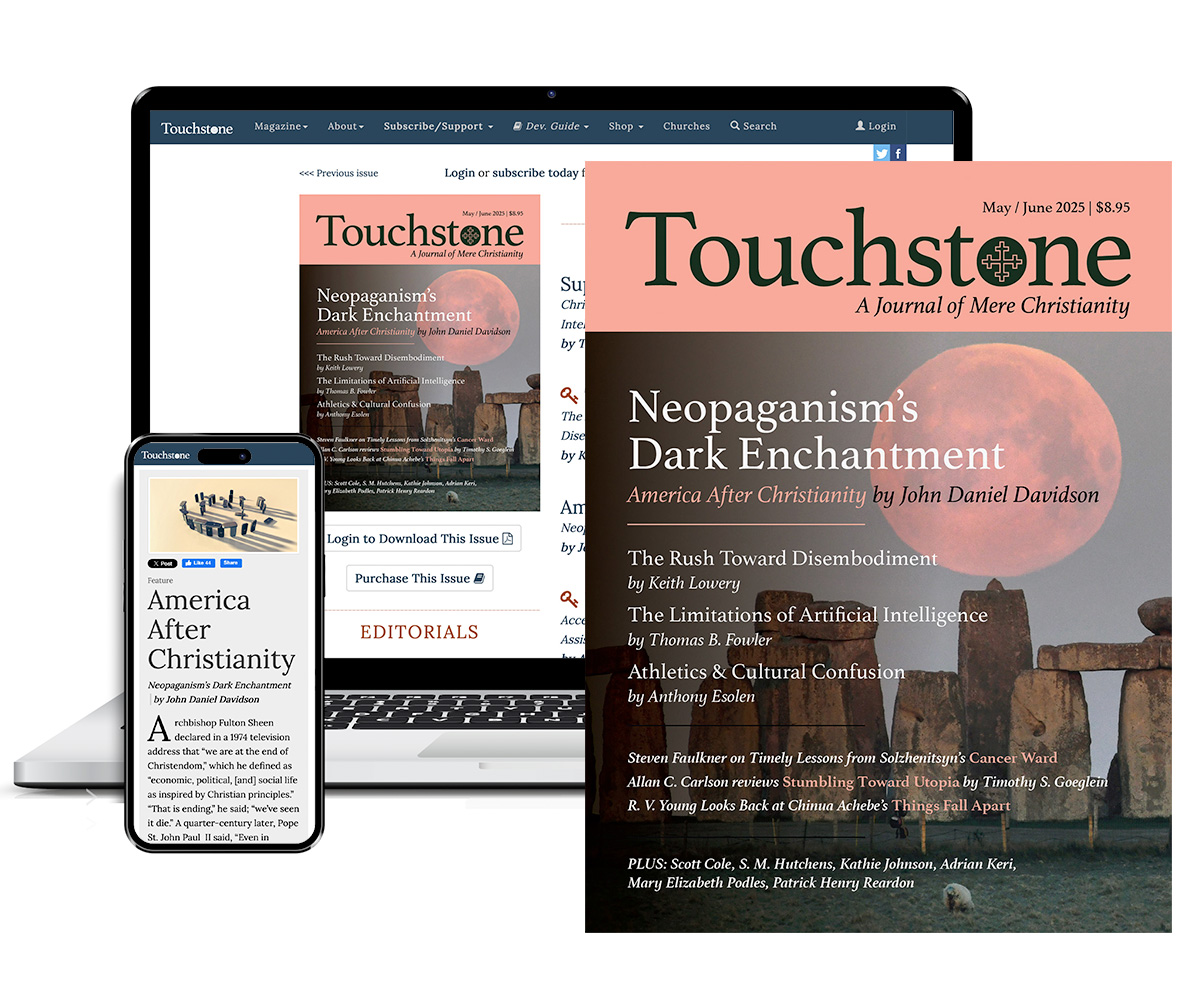
Get six issues (one year) of Touchstone PLUS full online access including pdf downloads for only $39.95. That's only $3.34 per month!
Order
Online Only
Subscription

Get a one-year full-access subscription to the Touchstone online archives for only $19.95. That's only $1.66 per month!
bulk subscriptions
Order Touchstone subscriptions in bulk and save $10 per sub! Each subscription includes 6 issues of Touchstone plus full online access to touchstonemag.com—including archives, videos, and pdf downloads of recent issues for only $29.95 each! Great for churches or study groups.
Transactions will be processed on a secure server.
more from the online archives

33.1—January/February 2020
Do You Know Your Child’s Doctor?
The Politicization of Pediatrics in America by Alexander F. C. Webster
calling all readers
Please Donate
"There are magazines worth reading but few worth saving . . . Touchstone is just such a magazine."
—Alice von Hildebrand
"Here we do not concede one square millimeter of territory to falsehood, folly, contemporary sentimentality, or fashion. We speak the truth, and let God be our judge. . . . Touchstone is the one committedly Christian conservative journal."
—Anthony Esolen, Touchstone senior editor



